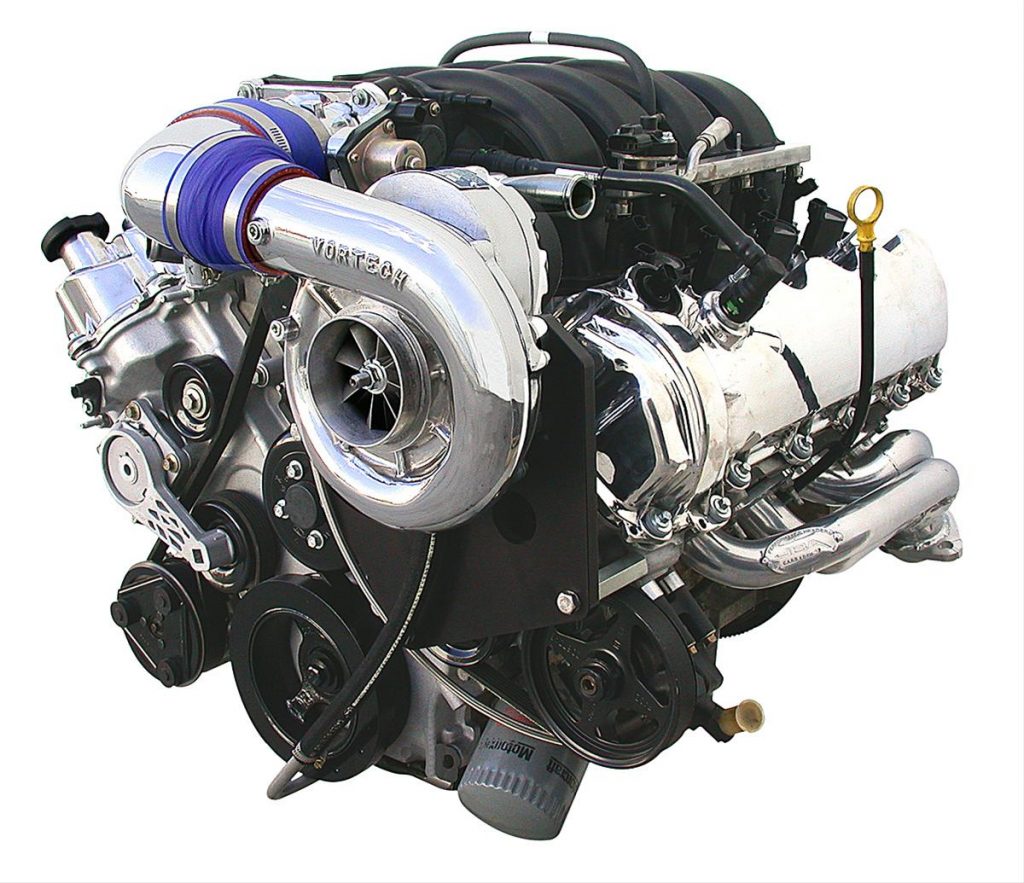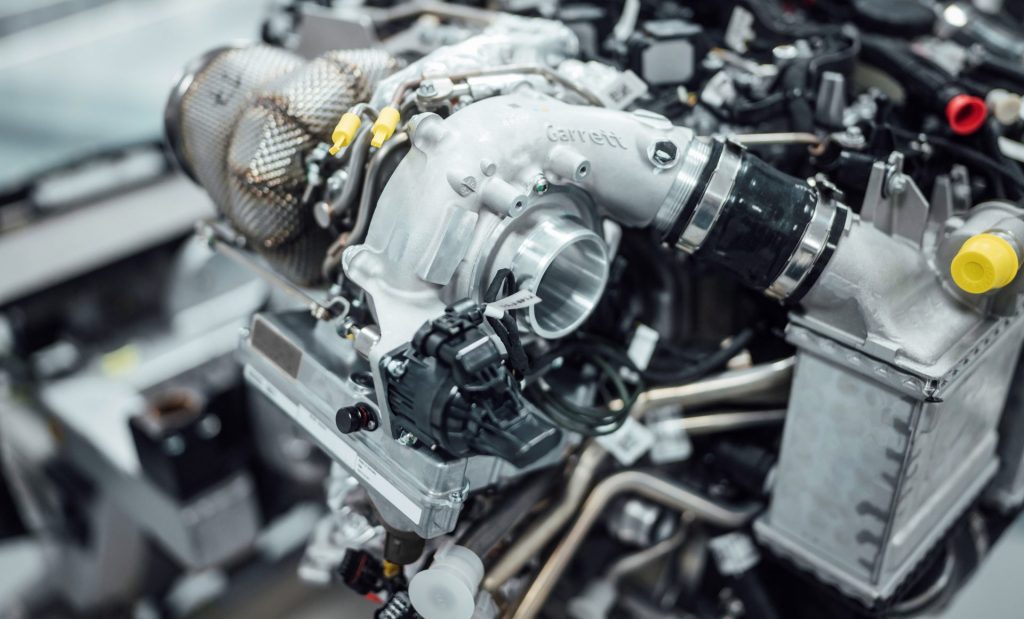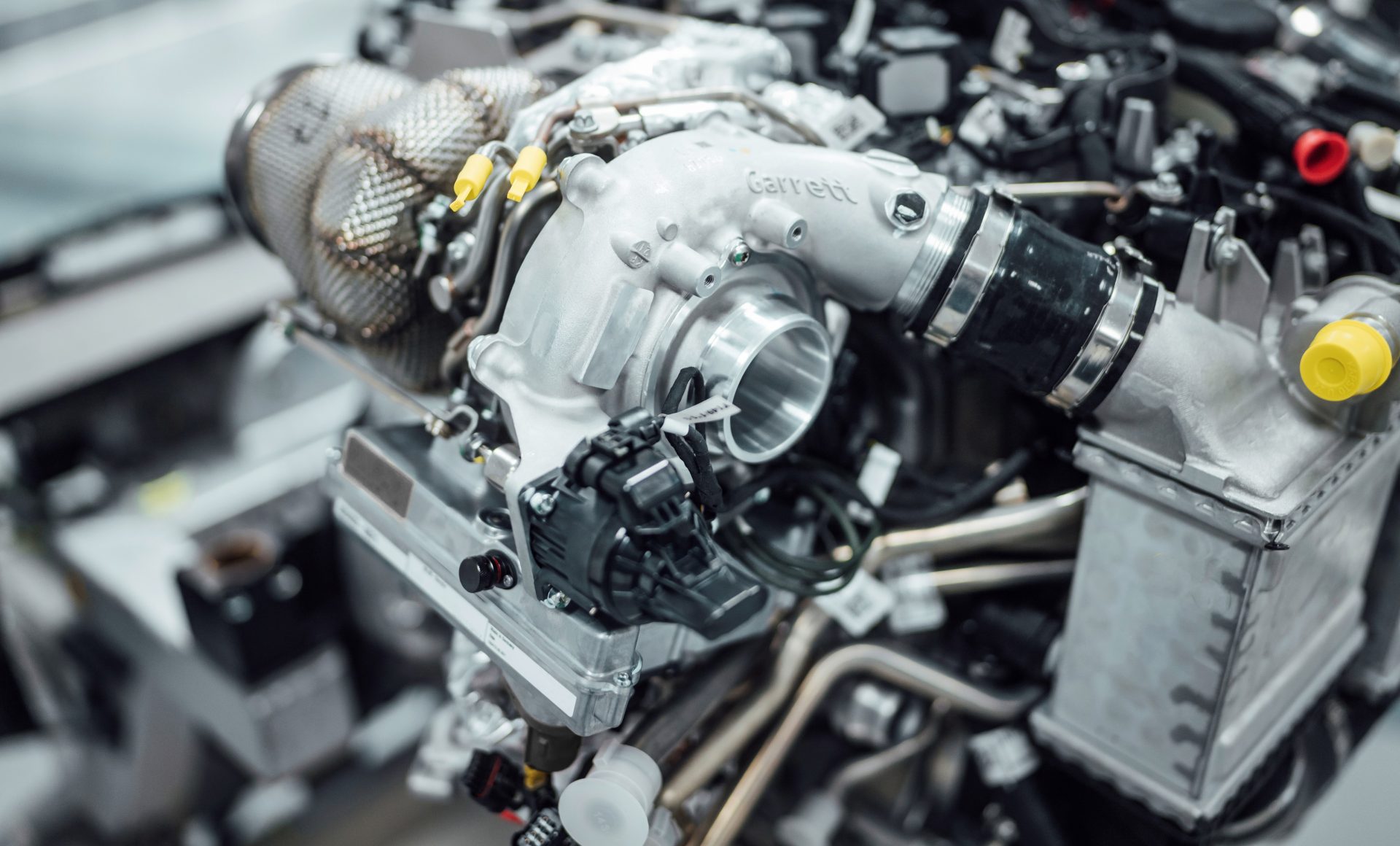Many people get confused with turbochargers and superchargers, thinking they are the same. But while they can both be used to boost cars in terms of speed and performance, they are different chargers with their own pros and cons.
Table of Contents
Keep reading to familiarize yourself more with these forced induction devices. This comparison article will highlight the differences between a turbocharger and a supercharger in terms of power, price, and pros and cons.
Turbocharger vs Supercharger: What’s The Difference?
Turbochargers and superchargers are forced induction systems that use compressors to drive compressed air into a cylinder to the engine. Both a turbocharger and a supercharger produce additional power using an air compressor. Extra oxygen through compressed air enters the engine, which creates extra power.
The main difference between a turbocharger and a supercharger is their energy source. Let’s go through the major differences.
What Is A Turbocharger?
A turbocharger is powered by an exhaust gas turbine with two fans, a turbine fan, and a compressor fan. As the small engine turbos spin, they hear up the air, which is why turbocharged engines or turbo cars have intercoolers to cool down the turbo-compressed air.
In addition, turbochargers work with the engine's waste gases, making them more fuel-efficient. Turbos are compatible with any naturally aspirated engines as well as internal combustion engine cars.
What Is A Supercharger?
A supercharger is powered by the engine directly via the crankshaft. The compressor fan rotates with the help of gears driven by the pulley belt, which compresses air and brings in more oxygen to the engine. One of the downsides is that a supercharger requires engine power to operate, resulting in less fuel efficiency.
While mechanical superchargers are still common today, they may not be in the years or decades to come. We’re seeing a huge shift to electric, with the rising popularity of the electric turbo and the electric motor.
Although a supercharger is generally standard for most racing cars, you can always add superchargers to any vehicle. Just ensure that your car engine is suitable for supercharging and that you choose the right supercharger for your engine.
Turbocharger vs Supercharger: Which Produces More Power?
An engine needs extra power to pull a heavy load or accelerate faster. By adding either a turbocharger or a supercharger to your engines, you can improve engine performance in terms of horsepower and torque. Below is a breakdown of how much hp each type can produce.
How Much Horsepower Does A Turbocharger Produce?
Turbochargers allow small engines to breathe more and produce big power. For example, 6 to 8 pounds of boost air pressure over a naturally aspirated engine can result in a power increase of 15 to 25% or more. When it comes to horsepower, a turbocharged engine can gain 70 to 150 extra power.
How Much Horsepower Does A Supercharger Produce?
A supercharged engine can produce a boost right away at a low RPM as it is directly from the engine's crankshaft. Superchargers on normally aspirated engines can create an extra 50 to 100 horsepower.

Turbocharger vs Supercharger: Pros And Cons
There is a lot of back and forth about the merits and challenges of a turbocharger vs a supercharger. Both produce more power and give excellent performance, but both also have their disadvantages. Listed below are the key differences between a turbocharger and a supercharger.
Advantages Of Turbocharger
- Significant gain in horsepower
- Allows for smaller engines to produce more power compared to their size
- Lightweight and has a low impact on a car’s fuel economy
- Overall more efficient as it helps the car get better gas mileage
- Wastegate produces significantly fewer carbon emissions
Disadvantages Of Turbocharger
- Has turbo lag.
- Installation and maintenance are more complex
- More demanding on the engine oil as turbochargers tend to get very hot
Advantages Of Supercharger
- Significant increase in horsepower
- Product right-now boost at a low RPM with no turbo lag
- Brake power increase by 30-45%
- Overall more reliable and easy to install and maintain
Disadvantages Of Supercharger
- Less efficient because the supercharger uses engine power
- No wastegate means more carbon emissions
- Negatively affects car's fuel economy due to maintaining active at low RPMs
Overall, turbochargers are a more efficient, inexpensive, and powerful advantage to small engine vehicles. Meanwhile, supercharged engines are more about instant power boost.
Turbocharger vs Supercharger: Price Difference
A turbocharger and a supercharger come at different price points, with turbochargers often being much more affordable. Here’s the key difference between the two in terms of cost:
Cost Of Turbochargers
A turbocharger's price starts around $400, but the price may vary depending on the make and model of the vehicle. However, turbochargers require additional components to support the extra power on non-turbo cars These other components include but are not limited to the following: intake piping, boost controller, intercooler, downpipe, knock sensor, spark plugs, and high capacity fuel pumps.
Cost Of Superchargers
Starting at around $1500, superchargers tend to be more expensive than turbochargers. Nowadays, superchargers are not mass-produced – as most new automobiles do not include a supercharger, they are custom-made for each engine. Thus, replacement parts can be pretty challenging to obtain.
Who Makes The Best Turbocharger And Supercharger?
There are numerous turbocharged and supercharged engines in the market, so it might get a little confusing when deciding which brand is the most reliable and trusted. Below are some of the best brands for turbochargers and superchargers:
- Garrett: With over 70 years in turbocharging technology, Garrett manufactures turbochargers for big companies such as Ford, Citroen, Volvo, Mini, Mazda, and Peugeot, to name a few. Garrett is also famous in motorsports for producing performance turbochargers that many of the world's top racing teams trust.
- BorgWarner: Known to be one of the world's largest companies in the turbocharging industry, BorgWarner is trusted by global automotive companies such as Hyundai, Volkswagen, Porsche, and Jaguar, to name a few.
- Holset: Cummin's is recognized as the world's largest manufacturer of high-quality medium to heavy-duty diesel turbos. Its products are found in commercial vehicles, buses, and commercial vehicles worldwide.
- IHI: One of the world's leading automotive turbo manufacturers, Japanese corporation IHI’s products can be seen in well-known passenger and commercial vehicles by Subaru, Ford, Chrysler, Hitachi, Citroen, and Mercedes, to name a few.
- MHI: Mitsubishi Heavy Industries, a reputable brand in producing top-quality automotive products, supplies turbos to well-known automotive businesses in Japan, America, and Europe.
- ProCharger: With over 25 years in the supercharging industry, ProCharger is one of the industry's leading aftermarket superchargers. It is wildly popular for automotive, truck, SUV, off-road, motorcycle, and marine applications.
- Paxton: Paxton Automotive, a US-based supercharger company, has a combination of 85 years in designing and manufacturing superchargers that are advanced, efficient, and reliable.

How Do I Prepare My Car Before Adding A Turbo?
Turbocharging can be a complicated process, considering all the parts and preparations you need before you can install a kit. Here are the five essential parts you need for turbocharging:
- Turbocharger kit: Source a turbocharger that will suit the power you want for your car.
- Fuel components: With a turbocharger, more air comes into the cylinder during the combustion process. You might need to upgrade fuel components to keep up with the extra power and air.
- Engine management: With the newly added boost and adjustment from the air and fuel ratio, you may need a new engine computer to compensate for the upgrades' demand.
- Intercooler: Because of the additional power and turbo spinning, your engine is working harder than intended. You may need additional cooling capabilities to be more efficient and protect your engine from damage.
- Other essential upgrades: With extra power comes a few more upgrades for the car to handle the changes in the engine, such as a more aggressive clutch, change in spark plugs' heat range, and an adjustment in the compression ratio.
Conclusion
After comparing all the pros and cons between a turbocharged engine and a supercharged engine, turbochargers have the upper hand in most use cases.
Despite the turbo lag, turbochargers deliver many efficient and better ways to improve one's engine. Superchargers have advantages, but they demand more from the engine to produce helpful boosts at low RPM. If you are still undecided, you can use both types of turbos simultaneously, also known as twin charging.
Either way, do proper research before converting your stock engine car into a turbo car. You can also browse the Road Cartel website for the best turbocharger and supercharger products on the market!

